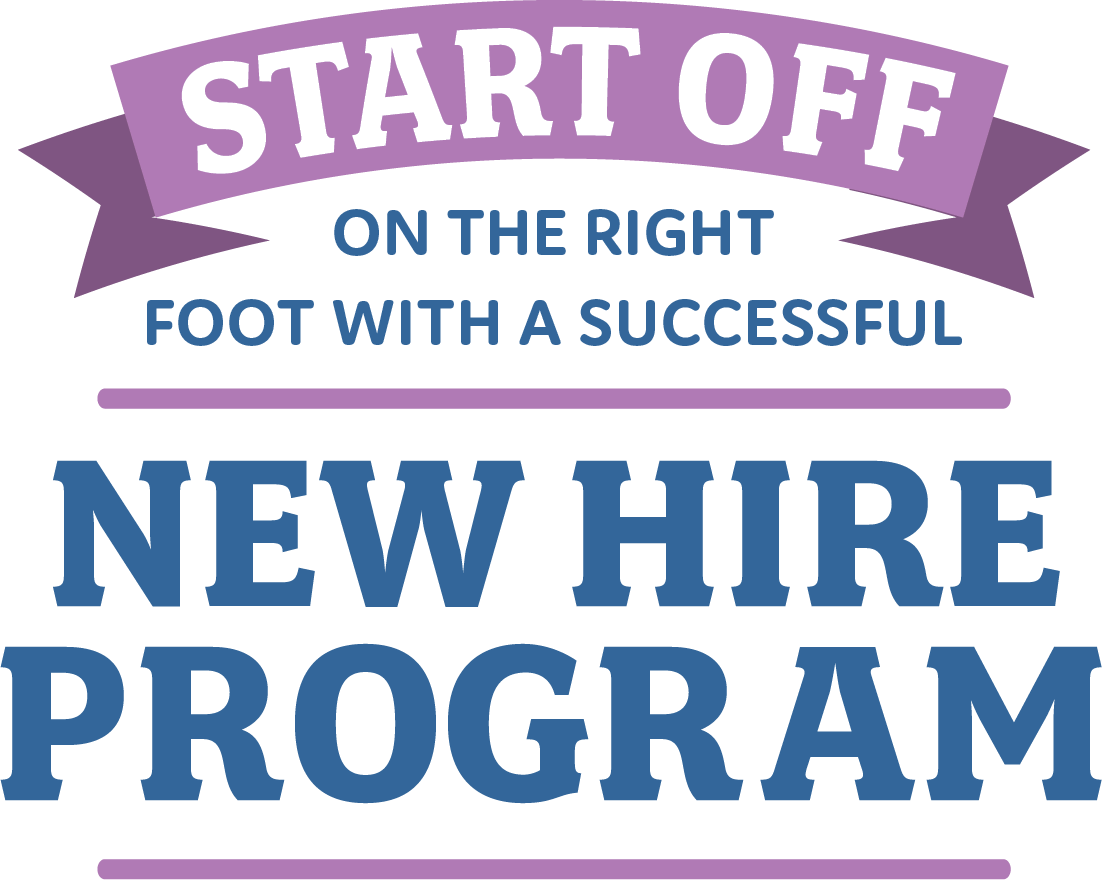


hen a potential candidate makes that initial contact with the interviewer, first impressions speak volumes; the look of the resume, the postings on social media, the attire the person wears for the interview, and even the handshake gets included in the notations about the first impression. The candidate is also affected by first impressions; the look and actions of the team and the interviewer, and the hospital’s appearance (inside and out). First impressions are critical. But what about first impressions on the first day on the job?
The first impression for that first day on the job is not about the new hire. No, on the first day on the job, it is about the veterinary practice and the new hire’s first impression of the team and culture. Is the team welcoming? Is management prepared? Is the trainer organized? Are things ready for the new hire, or does the new hire wander around watching and waiting for someone to offer direction?
So much focus is placed on interviewing and hiring right, yet once the job offer is given, so little focus is placed on starting that person at their new job. It may be “old hat” for the team, but those initial days can make or break the new-hire experience and prevent a lasting relationship.
Orientation Vs Onboarding
Orientation typically occurs during the first week and includes activities such as:
- Employee handbook review (highlighting key policies such as overtime, dress code, vacation and sick leave, anti-harassment, discrimination, confidentiality, etc.)
- Benefits and compensation (including pay procedures, paid and unpaid leave, health and retirement benefits, etc.)
- Review of administrative procedures (such as email and text communication, keys and access codes, computer username, password, nametag/ID badge, etc.)
- Overview of the management team (key personnel and who to go to for information)
- Completion of necessary forms (W-4, I-9, etc.)
- Discussion of the training schedule.
It is best to have an orientation checklist for management, not only to keep the manager organized, but also to document (with initials or signatures) that all the necessary items have been taken care of. Digitize those forms and documents and make them accessible on your website under an employee-only tab, or email them to the new hire so that the forms may be completed at home and submitted before the start date.
Don’t Ignore The Gap

Roll Out the Welcome Mat
Management and the team should be prepared for the first day. In addition to having all those official documents outlined above, consider some other welcoming activities:
- Assign a buddy for the first day who is ready to greet, give a tour and introduce the new hire to those working that day.
- Give a welcome gift such as company swag like a t-shirt or coffee/drink mug.
- Invite them to lunch and set up an off-site lunch with a few team members (i.e., practice owners, managers or trainers).
- Schedule time at the end of the day to debrief, answer questions and prepare for the next day’s training.
Strong Onboarding Process
A weak onboarding process increases the risk of higher turnover, lower engagement and lower productivity. In other words, the practice has just wasted time and money on advertising, interviewing and orientation because, without a strong onboarding program, those steps will need to be repeated over and over again.
2. Clarity: Why they were hired, how they fit into the purpose, goals, and objectives of the practice.
3. Compliance: Knowledge of the safety, legal, and regulatory matters they must adhere to.
4. Culture: Practice mission, core values, shared interests, why we do what we do.
5. Competence: Training and ongoing learning with your subject-matter experts.
6. Confidence: Belief in themselves and the skills, knowledge, and abilities they are developing.
7. Care: The practice strives to develop individuals and boost career growth. Show them that the team matters.
Now, compare this to the routine at a not-so-prepared practice: The new hire arrives. They stand and observe the morning activities. Then, a doctor asks for assistance. A tech/nurse says to follow and watch an exam procedure for a surgery check-in, and a CSR asks if the new hire knows how to fill a prescription (giving a quick lesson before heading onto the next task). The new hire continues to stand off to the side, waiting for direction for someone…anyone. At the end of the day, they find out they still aren’t in the system and they will be working the front desk because someone’s vacation starts tomorrow and the hospital is short-staffed. (And the kicker is they were never introduced to that someone, or anyone for that matter, who can tell them what is involved in working the front desk). The only “C” happening at this practice is Chaos.
A strategic, organized onboarding plan helps to shorten the learning curve. It gets the new hire “up to speed” and productive, and it promotes communication and jump-starts relationship building. A good orientation and onboarding plan plays a role in laying a good foundation for job satisfaction, which is directly connected to retention. And let’s not forget about the team—a successful new hire program reduces stress on everyone else.
Fight for Success
In a tight labor market, attracting and retaining the best candidate is both time-consuming and expensive. So why waste the effort by conducting the “sink or swim” training process because the practice lacks formal orientation and onboarding processes? Filling out paperwork is only half the battle; integrating the new hire into the practice’s mission and goals is the other half.
Each battle lost with a new hire effectively moves the practice towards losing the war, meaning that the practice is not delivering excellent medical care to the patients, client service is subpar and team productivity is abysmal. So don’t be a loser, have a strategic orientation and onboarding game plan.
- Cheung, R. (2019, Jul 10). The 7 C’s Of Successful Onboarding And How To Get It Right First Time. Fosway Group. https://www.fosway.com/the-7-cs-of-successful-onboarding-and-how-to-get-it-right-first-time-june-2019-final/
- Lewis, L. (2019, Aug 26). The Ghosting Guide: An Inside Look at Why Job Seekers Disappear. Indeed. https://www.indeed.com/lead/ghosting-guide



